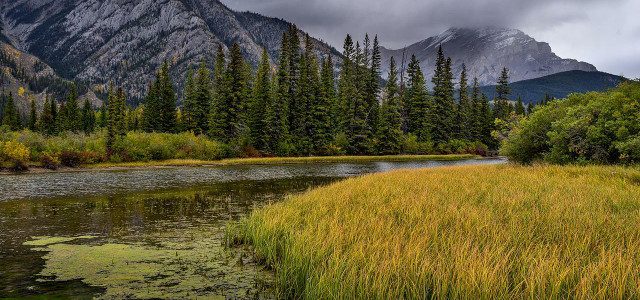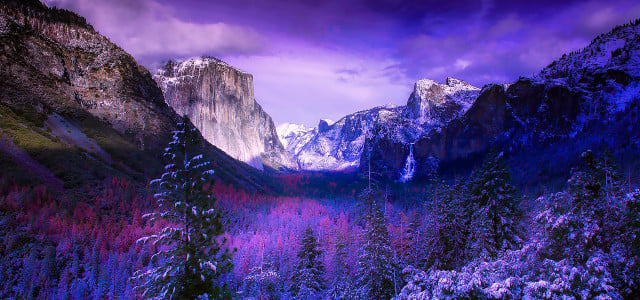Fortress conservation — the solution to environmental catastrophe or a source of human rights violations that does more harm than good? Find out by reading more.
Fortress conservation, a conservation model which purports human absence as a key way of protecting the environment, has brought us some of the most breathtaking landscapes in the U.S. Think the stunning state parks in New York and Olympic National Park. In these spaces, humans can enjoy nature, wildlife is free to flourish and the climate crisis is mitigated with every untainted acre. What’s not to love?
Well, violence, eviction and human rights violations, for a start. Unfortunately, these horrendous misdeeds are associated with fortress conservations worldwide and the number of reports is rising.
Negative media regarding fortress conservation is emerging from different corners of the globe, yet governments and major global authorities continue to recommend the model as a leading method for reversing the climate catastrophe. Are fortress conservations as destructive to humans as pollution is to the planet? Should the environment take priority over basic human rights?
What Is Fortress Conservation?
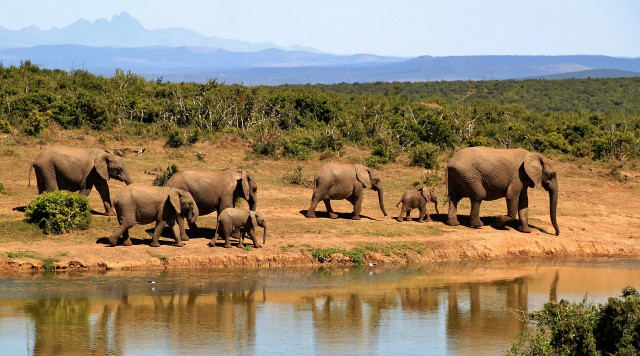
(Foto: CC0 / Pixabay / cocoparisienne)
Fortress conservation is a conservation model used all over the world. Its mass implementation is in part due to its ability to tackle the dramatic reduction in global biodiversity and subsequent impacts on the planet. The fortress conservation model promotes the creation of protected areas of natural land — like national parks — that are free from humans. The ideology is one of a thriving ecosystem — unspoiled and untainted by destructive humanity and our harmful ways of life.
Yosemite National Park was one of the first fortress conservations established by the U.S., shortly after the original Yellowstone National Park. Today, there are roughly 400 national park sites spanning over 84 million acres. Conservation areas following the fortress model are characterized by three principles:
- Local and indigenous people dependent on the area’s natural resources base are forcibly excluded.
- Boundaries are fenced off and patrolled by rangers, who are often armed.
- Tourism, safari, hikes, academic research, and fishing and hunting are permitted in some areas.
What Are Current Global Conservation Goals?
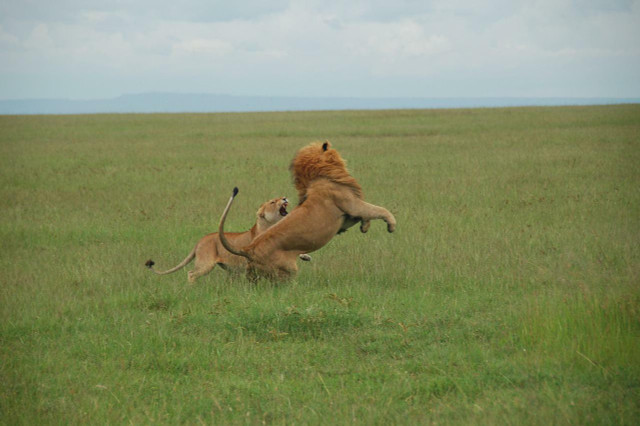


(Foto: CC0 / Pixabay / HannaLacheta)
The 2018 Global Risks Report considers biodiversity loss and ecosystem collapse one of the greatest risks facing businesses. Yet, the 2022 report indicates that this loss has worsened by 8.4 percent since the Covid-19 pandemic. Biodiversity, therefore, still faces a wide number of threats, including:
- Land-use change
- Climate change
- Habitat loss from agricultural expansion
- Over-exploitation of natural resources
- Pollution
- Invasive species
To tackle this, The Convention on Biological Diversity recommends that ecologically representative and well-connected systems of protected areas and other effective area-based conservation measures should be implemented globally. They advocate that at least 30 percent of global land and sea be conserved by 2030 and recommend increasing financial investment, including a ten billion dollar sum towards assisting developing countries.
Monica Medina became assistant secretary for the Bureau of Oceans and International Environmental and Scientific Affairs in 2021. In January 2022, she echoed these recommendations and issued the following goals to prioritize in the fight against the current environmental disaster:
- Help countries across the globe conserve 30 percent of their lands and waters.
- Conserve habitats in ways that will reduce animal-to-human disease transmission.
- Combat nature crimes — such as illegal fishing and wildlife trafficking.
So, if a 30 percent fortress conservation target — in tandem with other strategies for climate action — could halve the extinction risk for some species, why are members of the U.N., Greenpeace and other major agencies speaking out against it? And more alarmingly, why did the U.N. launch an investigation into the WWF?
Rape, Torture and Extortion in the Name of Fortress Conservation
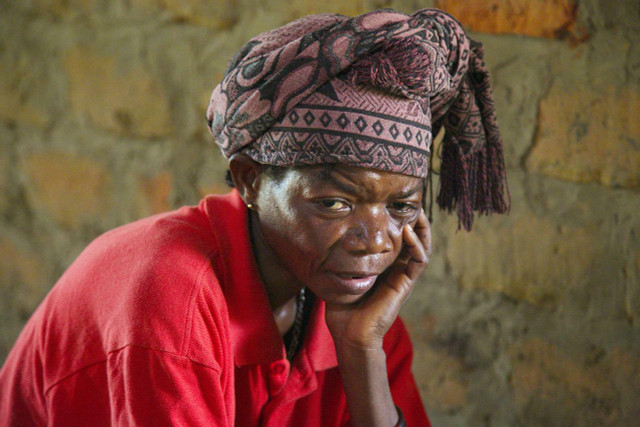


(Foto: CC0 / Pixabay / gerritbril)
In 2020, the UN Development Programme launched an investigation after Survival International lodged a formal complaint about atrocities occurring in the Congo’s Messok Dja region. The crimes were reportedly being committed by WWF park rangers and eco-guards and ranged from intimidation to heinous acts of degradation and violence.
Messok Dja is a richly biodiverse rainforest inhabited and cultivated by the Baka people for generations. The WWF started working in Salonga National Park — a UNESCO World Heritage Site — in 2004. Since 2015, WWF has been solely responsible for the park’s management. Findings from the investigation into the park’s management are shocking, to say the least. According to the report:
- The WWF violated international law by not obtaining the Baka’s consent to establish fortress conservation.
- Baka men, women and children have been terrorized, aggressively beaten, abused and imprisoned by eco-guards for years.
- Eco-guards pointed guns at one Baka to force him to beat another Baka.
- Baka women were forced to remove their clothes in instances described by the women as “shameful humiliations.”
- The relevant U.N. policies and laws regarding respect for indigenous peoples and human rights were ignored.
- Millions of dollars — claimed to originate from logging, palm oil and tourism companies — have already been spent on the proposed park.
According to the World Rainforest Movement, park rangers also committed gang rape, murder and multiple accounts of torture and abuse. A nearby villager told the Rainforest Foundation UK that it is common for women who enter the Salonga fortress conservation park to be raped and that men risk extortion and torture. Allegedly, foreign military contractors conducted training sessions with Kahuzi-Biega National Park guards on the use of heavy weapons just before major attacks. In 2020, the US government withdrew funding to the WWF and other organizations due to reports of widespread abuses.
Murder in the Serengeti
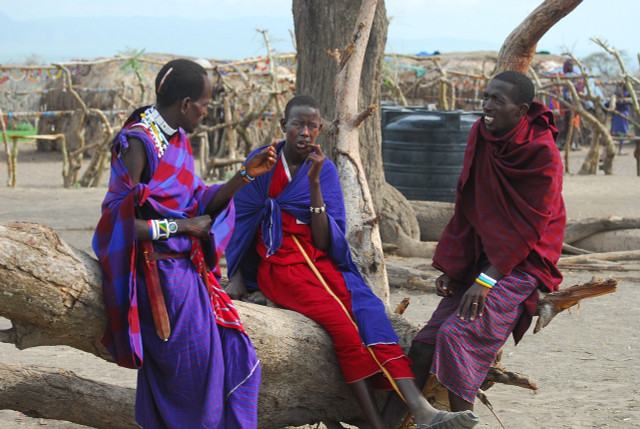


(Foto: CC0 / Pixabay / alexander-strachan)
It would appear little has changed. In June 2022, reports, photos and videos emerged showing officials opening gunfire on the indigenous Maasai people in Tanzania. This community was protesting the arrival of police and eco-guards, who were there to evict them from their homes, near the Serengeti National Park. The lands they had occupied for millennia were to be conserved as a game reserve.
Prior to the incident, thousands of Maasai had written to the British and American governments and the EU, protesting against the evictions from their ancestral land and appealing for help. Over 150,000 Maasai face eviction as the Tanzanian government continues to align with global fortress conservation targets.
According to Survival International, the United Arab Emirates-based Otterlo Business Corporation, which runs hunting excursions for the royal family and other members of the elite, will control commercial hunting and safari in the area once the Maasai are driven out. Hundreds have already fled.
Tribes and Tribulations
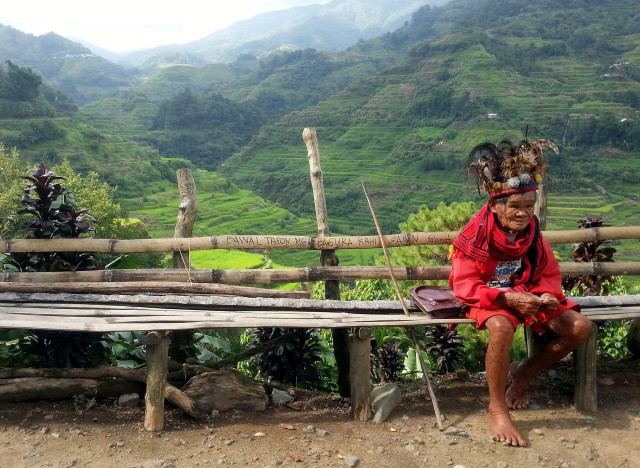


(Foto: CC0 / Pixabay / stardust19855)
This practice of fortress conservation through forcible displacement started here in America. In the 1800s, Major James Savage began driving the native Yosemite tribes from what is now known as Yosemite National Park. The Yosemite band of the Miwok tribe had lived on and cultivated the land for nearly 4,000 years before the park’s establishment. The native settlers were branded nomads and evicted in the name of conservation and gold mining. By 1969, they were eradicated from the park in their entirety.
The Miwok aren’t the only Native American people to be completely displaced from their ancestral homelands. Today, the Havasupai tribe are the only Native Americans still living below the rim of the Grand Canyon. The other indigenous people were driven out with the creation of the Grand Canyon National Park. In the 1970s, the survivors finally regained a small portion of lost territory after pushing for a congressional bill.
These are just a few examples of Native Americans being evicted and violated in the name of conservation. Native populations from all corners of the globe — particularly in developing countries — have experienced the same treatment for decades.
Protectors of the Forest
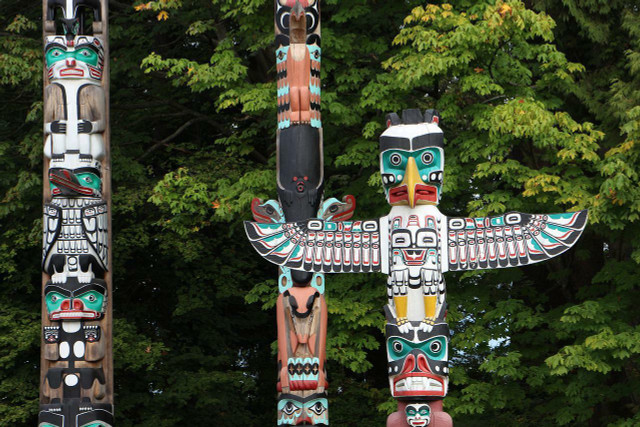


(Foto: CC0 / Pixabay / johntwenty)
Many now argue for returning national parks to native tribes for a number of reasons. One is that indigenous communities possess a deep knowledge of and connection to the lands they have roamed for millennia. Many people feel that the ecosystem has suffered instead of flourished in the absence of its native people. Tribes and indigenous communities have played a significant role in the natural evolution of their ecosystems by planting seeds, cultivating land, lighting fires and replenishing nutrients in the soil. From a humanitarian perspective, many would posit that they have the right to live on their ancestral lands. It’s also worth pointing out that indigenous communities have contributed very little to climate change and are paying with their land and livelihoods (and occasionally lives) for an issue caused by wealthy nations.
Greenpeace insists that we can only address the environmental crisis if failed conservation models are discarded in favor of a model that recognizes and upholds the rights of indigenous people. Rainforest Foundation US agrees and states that the fact that 80% of our remaining biodiversity lies on indigenous lands is no coincidence. They point out that fortress conservationists fail to recognize that humans are a part of natural ecosystems and that the efforts of indigenous communities are the reason much of our forest remains.
Calls for Change



(Foto: CC0 / Pixabay / stokpic)
UN Special Rapporteur on the Rights of Indigenous Peoples, Victoria Tauli-Corpuz, has spoken out in a special report supporting the inclusion of native people in future plans for climate control. Her research shows that indigenous people and local communities are investing substantially in conserving their forests and — more importantly — are achieving at least equal conservation results with only a fraction of the budget of other groups. She also recognizes the 197 environmental defenders murdered, some by indigenous tribes, and implores authorities to seek solutions that benefit the environment and its protectors. These opinions reflect those made by the 2019 International Expert Group Meeting 2019.
Our Land, Our Nature is an alternative congress that considers fortress conservation an outright form of colonialism. They, too, proclaim that indigenous tribes are the best guardians of the natural world. The future success of conservation critically depends on tribal peoples, according to a Survival report. When the rights of communities are respected, these groups are far more effective than governments or the private sector in protecting forests and biodiversity.
Climate Change or Policy Change?



(Foto: CC0 / Pixabay / qimono)
An editorial in Nature this year claims that biodiversity is facing its make-or-break point, and research will be critical to the solutions. The piece highlights, however, that work by social scientists — which ended in 2010 and has not since been repeated — did not assess what has and hasn’t worked in science and environmental policy. The editorial warns that unless these expert opinions are incorporated into biodiversity research and future recommendations, we risk going the same way as our evolutionary predecessors.
What the future holds for our planet remains to be seen, but the situation is not hopeless. There are many things ordinary people can do to support indigenous communities against the negative impacts of fortress conservation. Consider writing to your local representative, increasing awareness in your community or volunteering with local action groups are good places to start.
Read more:
- Tropical Rainforest Ecosystems: Why Are They Important?
- 8 Things You Can Do to Save the Ocean
- Native Gardening for Wildlife: Benefits and Tips for Beginners
** Links to retailers marked with ** or underlined orange are partially partner links: If you buy here, you actively support Utopia.org, because we will receive a small part of the sales proceeds. More info.
Do you like this post?






